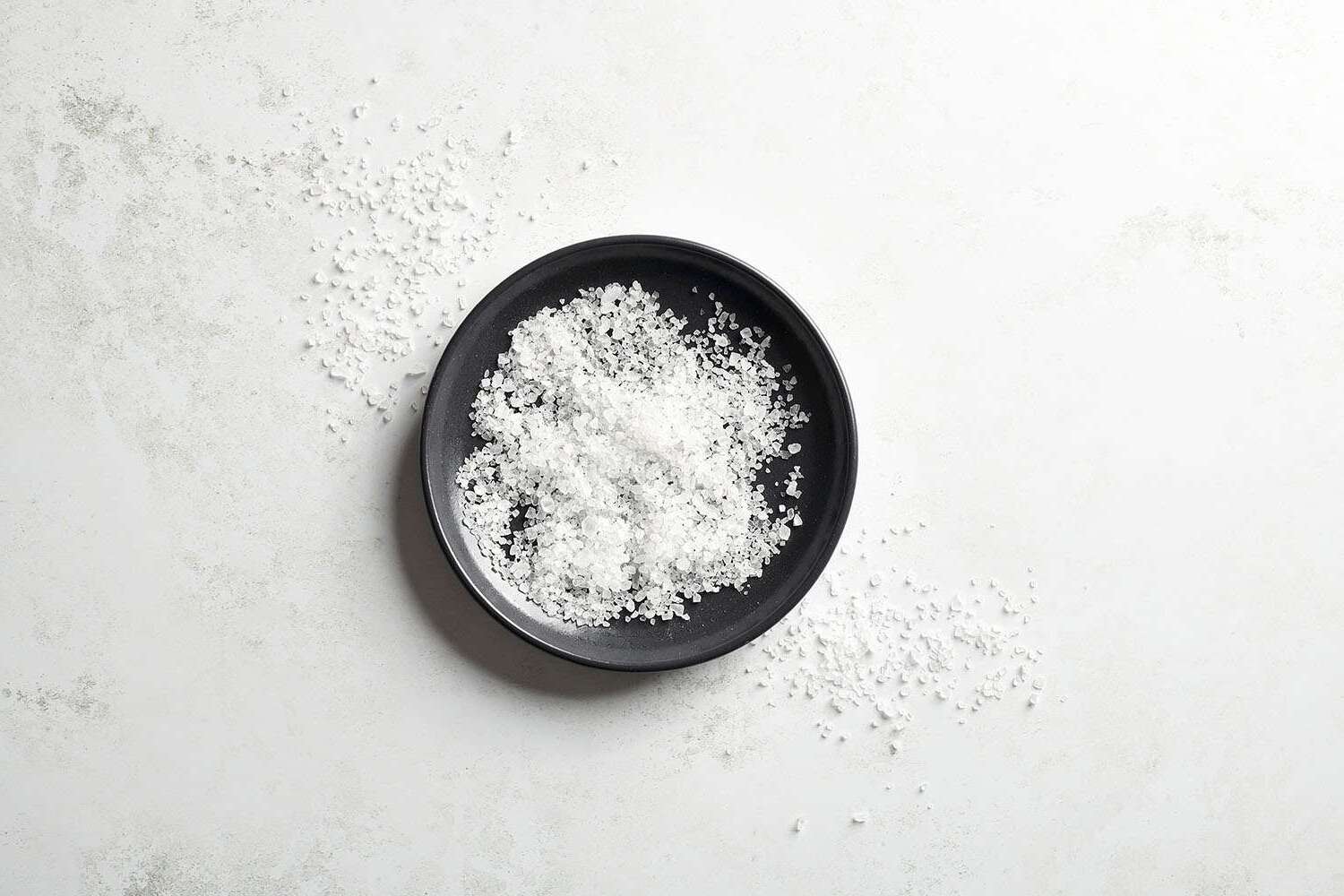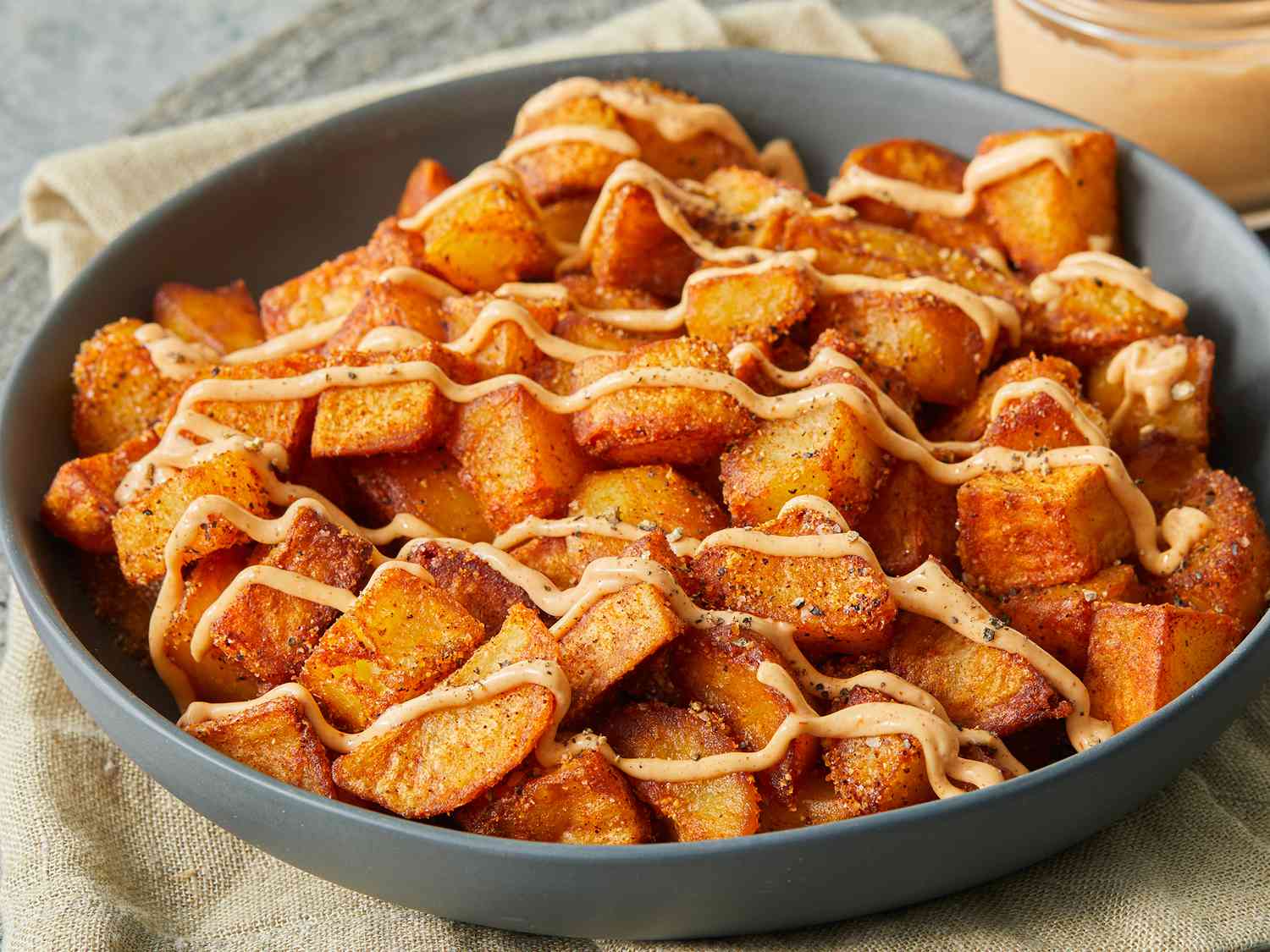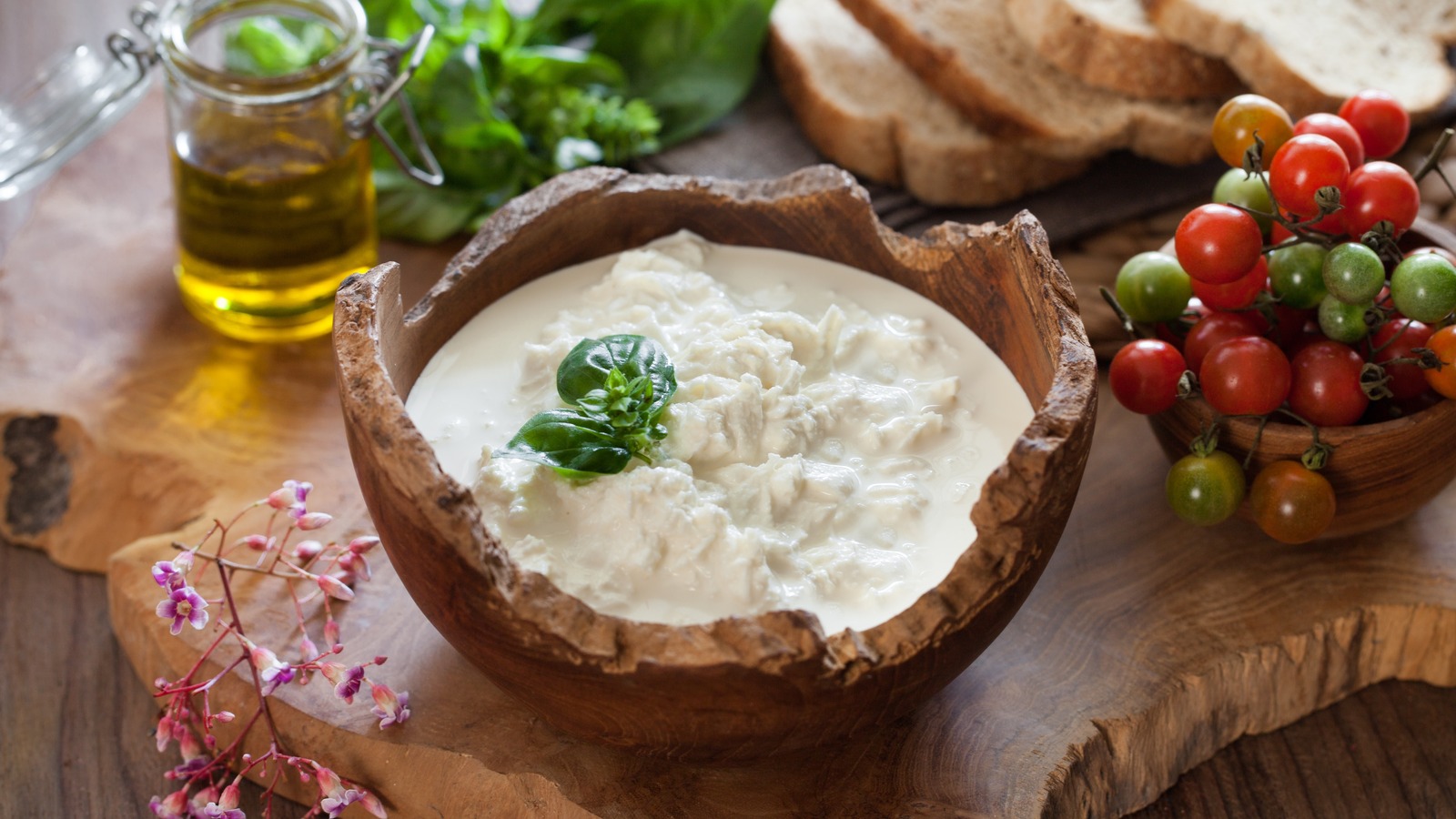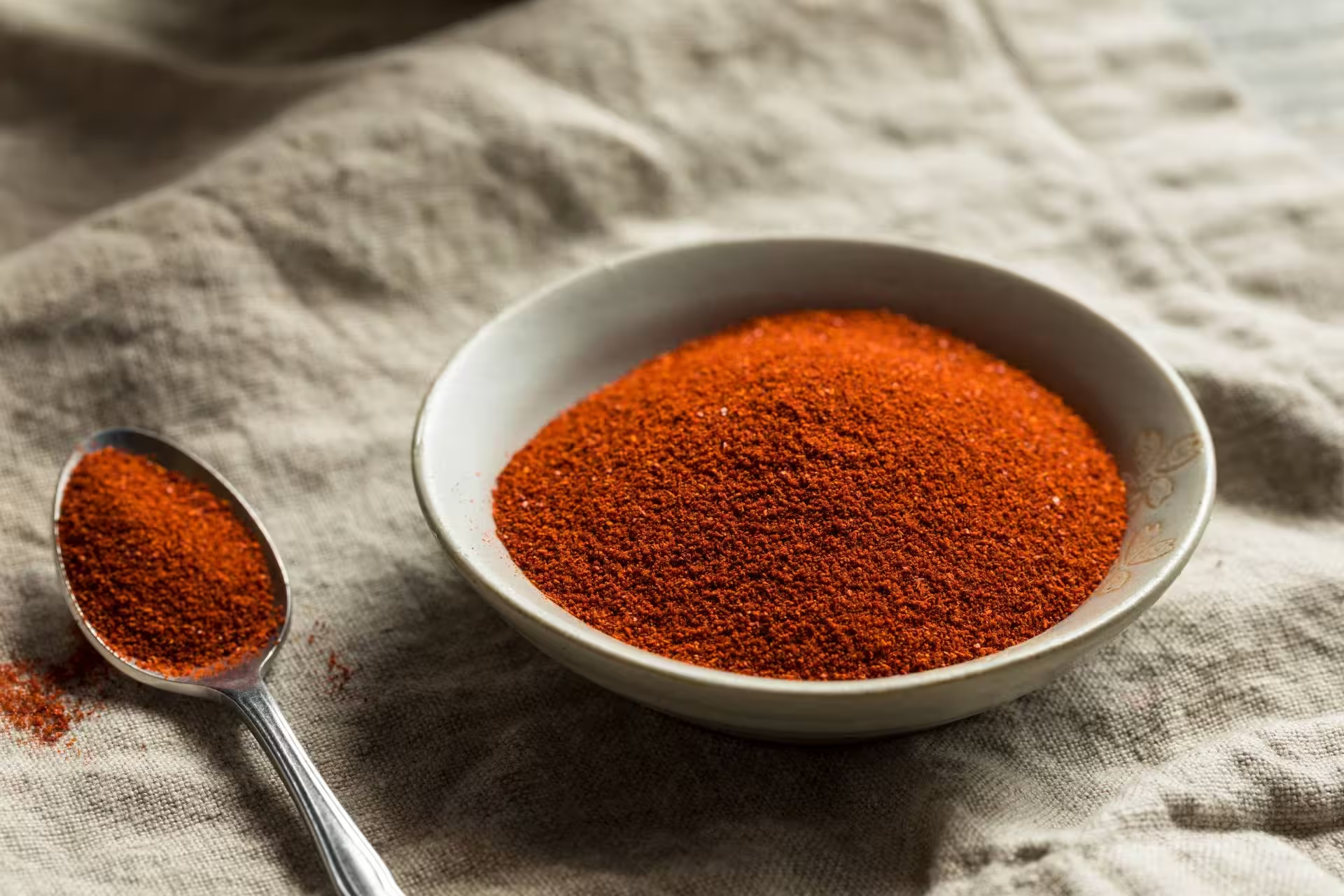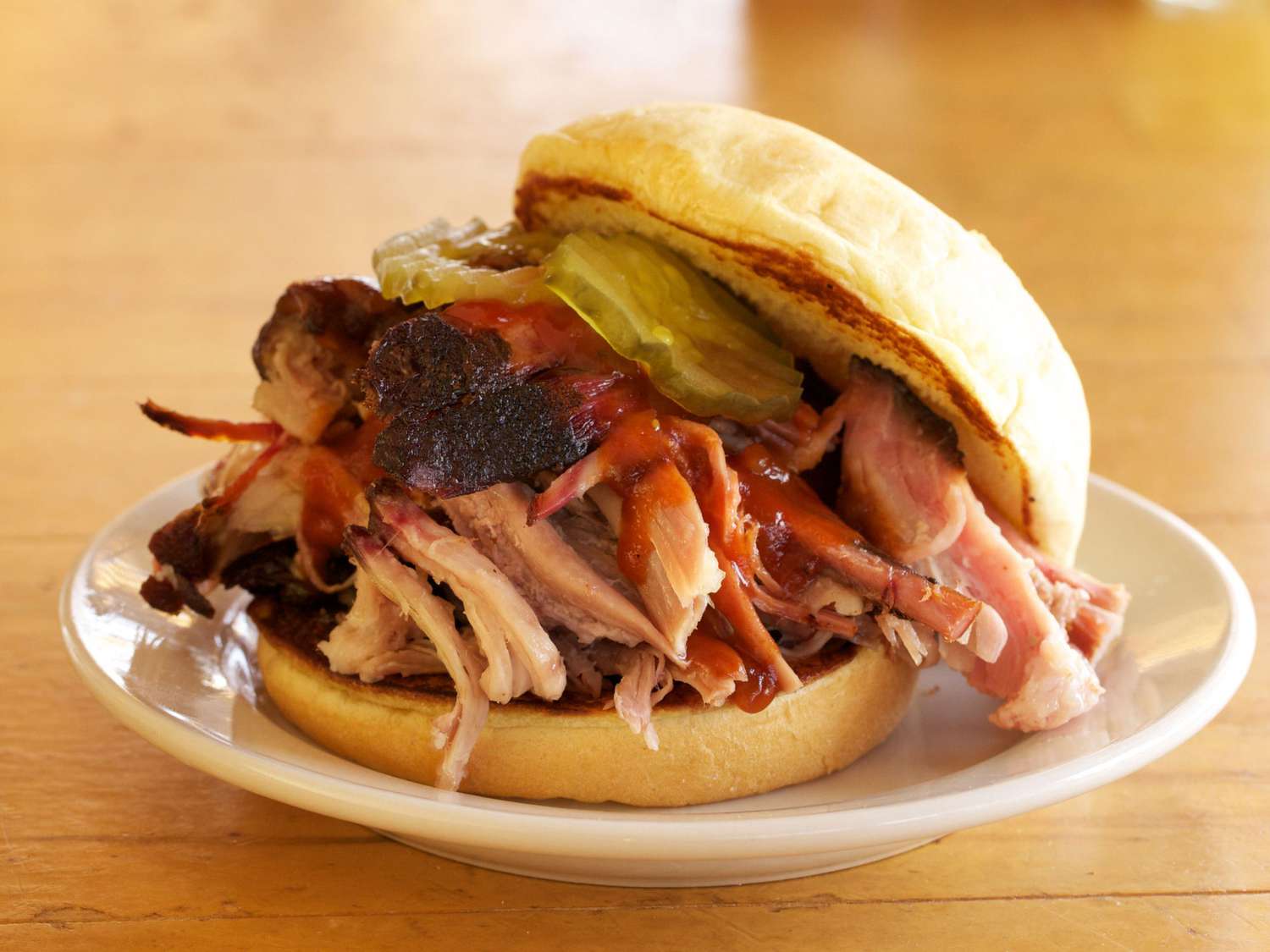Discovering the Delicious Delight of Menbosha
Have you ever heard of Menbosha? If not, you’re in for a treat! Menbosha is a traditional Ethiopian dish that is loved for its delicious flavors and crispy texture. Let’s dive into the world of Menbosha and explore what makes it so special.
The Origins of Menbosha
Menbosha has its roots in Ethiopian cuisine, where it is a popular snack or side dish. The dish is made by frying small pieces of injera, a sourdough flatbread that is a staple in Ethiopian cuisine. The result is a crispy and flavorful treat that is enjoyed by people of all ages.
How Menbosha is Made
The process of making Menbosha is relatively simple, but the results are truly delicious. Here’s a basic overview of how Menbosha is prepared:
- Start with fresh injera, a sourdough flatbread.
- Cut the injera into small pieces, typically squares or triangles.
- Heat oil in a pan or skillet.
- Once the oil is hot, add the pieces of injera and fry until they are crispy and golden brown.
- Remove the fried injera from the oil and let them drain on a paper towel to remove any excess oil.
- Season the Menbosha with your choice of spices or salt, and it’s ready to be enjoyed!
The Taste of Menbosha
Menbosha has a unique and delightful flavor that comes from the combination of the sourdough injera and the crispy texture from frying. The dish can be enjoyed on its own as a snack, or served alongside other Ethiopian dishes as part of a larger meal. The versatility of Menbosha makes it a beloved part of Ethiopian cuisine.
Where to Find Menbosha
If you’re eager to try Menbosha for yourself, you may be wondering where you can find it. Many Ethiopian restaurants and markets offer Menbosha as part of their menu, so keep an eye out for this delicious dish. You can also try making Menbosha at home using fresh injera and your favorite cooking oil.
Final Thoughts
Menbosha is a delightful and flavorful dish that offers a unique taste of Ethiopian cuisine. Whether you’re a fan of crispy snacks or simply love exploring new flavors, Menbosha is definitely worth a try. So, the next time you have the opportunity, be sure to savor the delicious delight of Menbosha!
Was this page helpful?
Read Next: What Is Mexican Seasoning For Chicken

